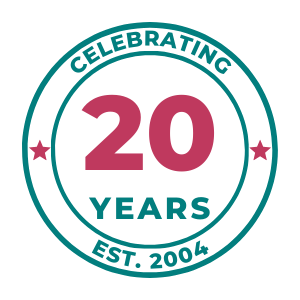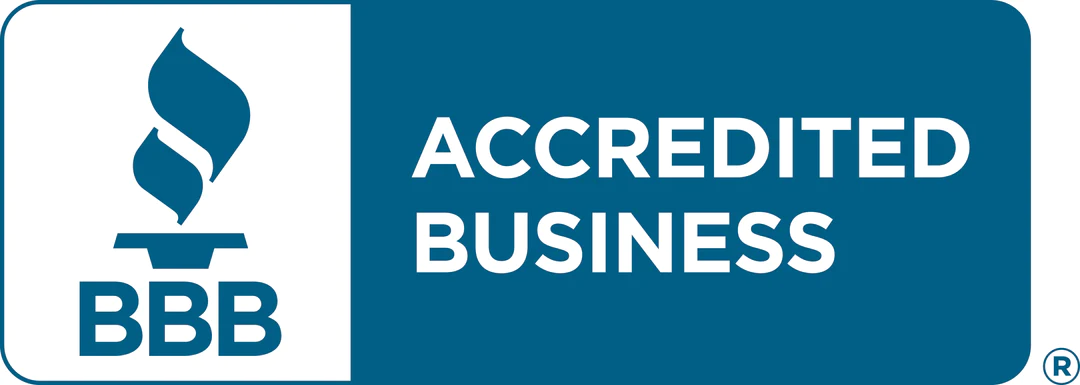College Admissions Tips and Guidance
How to Write a Resume, Part II: Looks Count

Explore Our Articles
Recent Posts
Popular Categories
Get In Touch
On Social
By Phone or Text
(617) 734-3700
By Mail or Email
1678 Beacon Street
Brookline, MA 02445
By Form
Educational Advocates
Our objective is to guide the family in finding options where the student will not only get admitted, but thrive and find success once on campus.
How to Write a Resume, Part II: Looks Count
In an earlier article, we examined the role of the resume as well as the general things you need to include on it. However, once you’ve perfected your job descriptions and settled on organization, you need to move to the next level, namely making your resume’s appearance as professional and polished as its content. Before dropping off your resume (or sending it out via email), here are some tips to help you and it make a good first impression.
Is This Scannable? Conventional wisdom says that employers only take a minute or two to scan a resume before deciding whether it is worth looking at in greater detail. This makes it imperative that your resume look as organized and easy to scan as possible. This includes:
- Using a font that is professional (no Comic Sans or overly ornate script please) and easy to read (Ariel, Times New Roman, and Calibri are all good choices). We also don’t recommend using less than an 11-point font size.
- Utilizing bold and italics to help certain parts of your resume stand out. For instance, some people choose to use bold font to offset past job titles.
- Spacing your resume information with care. Even though the resume should be no longer than two pages, this doesn’t mean you should cram all of your information into every available space possible. Using white space judiciously makes it easier to locate pertinent information.
- Using bullets instead of paragraphs in the descriptions of your past work and your accomplishments. Paragraphs take longer to read, and they make it harder for pertinent information to stand out to the reader.
Make Pertinent Information Easy to Find: Create a header that provides up-to-date contact information. This should include your current and home addresses (if different) as well as your phone number(s) and a professional email address (we recommend using some variation of your name when applying for jobs). Remember: If the person reading your resume can’t find your contact information easily, he or she might not take the time to dig through your resume or cover letter in order to contact you.
You’re One of a Kind (and Your Resume Should Be Too): There are a plethora of templates and online tools available to help you structure your resume. Although they can be extremely helpful when you are first creating your resume, job applicants should go beyond the basic, prescribed format and figure out ways to make it look unique while still being professional. Making small changes, such as switching up the font or bullet choice, can help you make a big impression by keeping your resume from looking like everyone else’s.
Beyond the Paper Resume: Given the increasing usage of the internet and social media during the job search, it is important to present your professional self in a variety of formats. In the electronic age, creating a physical resume is an important step, but it is just one part of the job search.
- Many applicants use social networks, such as LinkedIn and Twitter, and electronic portfolios to help employers find them and to cultivate a professional presence online. These tools can also allow you to emphasize your recent accomplishments and to interact with groups associated with your desired profession.
- It is very important that prospective employers are seeing your best self if they are searching for you online. In this vein, search your name online and check your privacy settings on any personal accounts (such as Facebook or a personal blog). If there are photos or posts that document negative behavior, make sure they are hidden from the general public or (better yet) delete them.
- Although there are legality questions regarding this practice, research suggests that Facebook might let hirers know what sort of employee a person will be. Furthermore, 20% of companies admitted to checking applicants’ Facebook pages. In other words, it is better to be safe than sorry.









